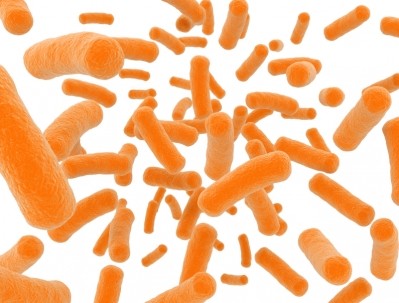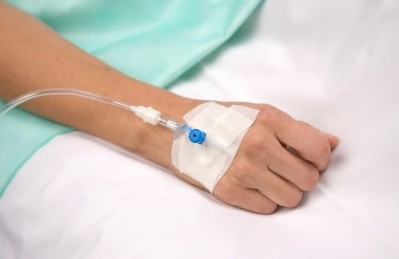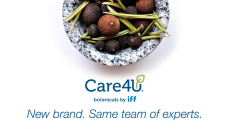'Like recovery after a forest fire': IBD therapy could be engineered from wound-healing gut bacteria
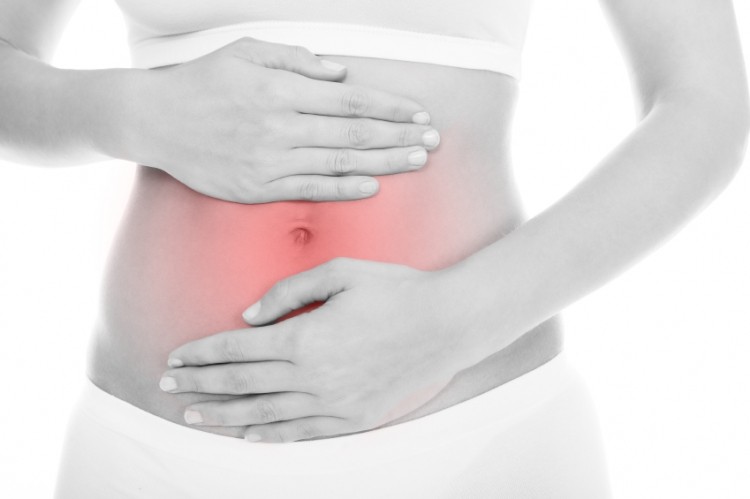
The findings highlight how the intestinal microbiome changes locally in response to injury. The wound environment contains less oxygen than surrounding tissue and probiotic bacteria, such as those found in yoghurt, promote intestinal healing and wound closure by triggering cells to produce reactive oxygen species.
One type of bacteria that grows in this environment, Akkermansia muciniphila, has already attracted attention for its relative scarcity in obesity. It's been established that low numbers of this bacterium have been associated with a healthier metabolic status and better clinical outcomes after calorie restriction in overweight or obese adults.
Microbiome and the immune response
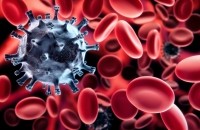
Results published in Nature Microbiology add further credence to the role of the gut microbiome in human health. Studies that discuss harnessing microenvironmental changes to benefit gastrointestinal tissue have targeted certain pathways for therapy of IBD.
Lead researcher Dr M. Ashfaqul Alam and his colleagues, attempted to determine the role for external influences, such as members of the microbiota. They believed a distinct subpopulation of the normal gut microbiota expands and preferentially colonised sites of damaged gut in response to local environmental cues.
They began by extracting DNA samples from the colon tissue of mice after colon biopsies. DNA sequencing was then used to identify which types of bacteria were present.
The team observed that formyl peptide receptor 1 (FPR1) and neutrophilic NADPH oxidase (NOX2), two crucial components of the immune system in host defence and damage control, were needed to create a low-oxygen environment that allowed anaerobic bacteria to thrive.
In addition, the dominant member of this microbiota collection, A. muciniphila, stimulated production and migration of intestinal absorptive cells adjacent to the colonic wounds.
An abundance of A. muciniphila has been inversely associated with body fat mass and glucose intolerance in mice previously. On a wider scale, individuals with obesity and type 2 diabetes are known to differ from lean and healthy individuals in levels of certain gut microbial species and microbial gene richness.
'Bacterial forest fire'
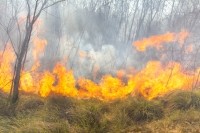
"This is a situation resembling recovery after a forest fire," said Dr Andrew Neish, professor of pathology and laboratory medicine at Emory University School of Medicine.
"Once the trees are gone, there is an orderly succession of grasses and shrubs, before the reconstitution of the mature forest. Similarly, in the damaged gut, we see that certain kinds of bacteria bloom, contribute to wound healing, and then later dissipate as the wound repairs."
In healthy intestines, the microbes in the colon are separated from the cells that line the intestines by a layer of mucus. The biopsy procedure removes that barrier and creates a small wound in the intestine.
The low oxygen environment encourages the growth of A. muciniphila and several other types of anaerobic bacteria, which can't tolerate higher levels of oxygen. This environment is created as a result of special immune cells that enter the injury site and consume the oxygen.
According to Alam, a feedback loop forms, involving the injured microenvironment and A. Akkermansia. The levels of this anaerobic bacteria increase at two and four days after the biopsy procedure, and then dissipate.
The interest of bacteria, particularly probiotics, in promoting intestinal healing and wound closure is of great interest. It’s believed this type of bacteria is able to trigger certain cells to produce reactive oxygen species creating an environment conducive to beneficial bacterial growth.
“Akkermansia has this effect on intestinal cells,” the authors noted. “The enzymes that produce the reactive oxygen species are necessary to create the hypoxia, which in turn allows Akkermansia to grow.”
Source: Nature Microbiology
Published online ahead of print: http://dx.doi.org/10.1038/nmicrobiol.2015.21
“The microenvironment of injured murine gut elicits a local pro-restitutive microbiota”
Authors: Ashfaqul Alam, Giovanna Leoni, Miguel Quiros, Huixia Wu, Chirayu Desai, Hikaru Nishio, Rheinallt M. Jones, Asma Nusrat & Andrew S. Neish
